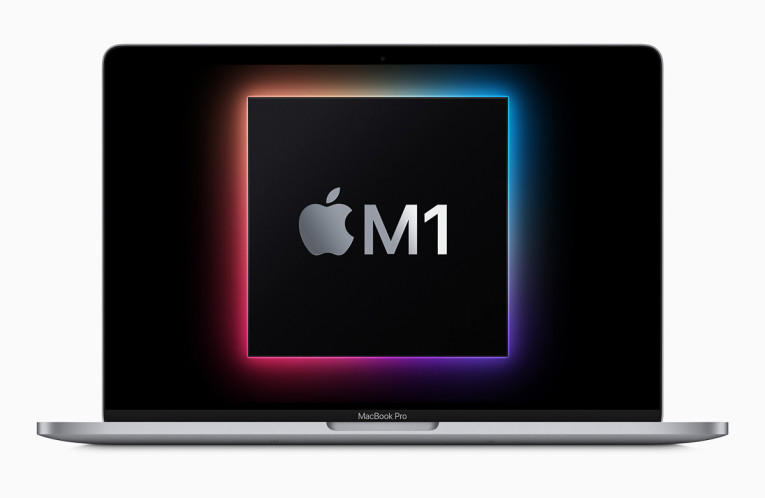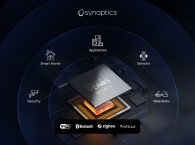
SEGGER Microcontroller has over twenty-eight years of experience in Embedded Computer Systems, producing state-of-the-art software libraries, and offering a full set of hardware tools for development and production, and software tools for embedded system development. Embedded Studio is the company's all-on-one solution for managing, building, testing and deploying embedded applications.
The M1 is Apple’s first system on chip (SoC) designed specifically for Mac. While the ARM-based M1 computers can execute applications for Intel x86-based CPUs using Apple’s Rosetta 2 translator, applications built specifically for the M1 core execute much faster and use less power. To fully utilize the speed and performance potential of a natively compiled application, the German company created a build of Embedded Studio for M1. Since the release of Embedded Studio V5.40 there are now two packages for macOS, one for Intel x86-64 and one for the Apple M1.
"The Embedded Studio build for the Apple M1 is truly cutting-edge," says Ivo Geilenbrügge, Managing Director of SEGGER. "This is the first commercial embedded system IDE optimized for the M1 and the performance results of our comparison tests show it was worth the work."
In 2016, SEGGER started releasing 64-bit builds of Embedded Studio for Windows. This improved the build performance by about 20% compared to the 32-bit version. Apple recently released the M1, which uses the AArch64/ARMv8-A instruction set and the company did a comparison again. While x86-64 is an extension of x86, and 32-bit x86 applications can be natively executed on x86-64, ARM code is entirely different.
To maintain compatibility with hundreds of thousands of existing applications, Apple introduced Rosetta 2, an emulator that translates x86-64 instructions to run on M1. Translation is a one-time event, usually done on installation or at the first start-up of an application. After that the application can be natively executed, just like on any other machine. Translation takes some time and translated code is not as good or as efficient as original code. For optimal results Apple encourages developers to build applications specifically for the M1. Natively compiled source code produces fewer instructions to execute or more efficient instruction sequences. Such natively optimized code requires less time to execute and can result in less power usage.

Since the release of Embedded Studio is available for both Intel x86-64 and Apple M1 architectures, SEGGER compared it on two MacBooks to see how well it does in software development tasks. They have installed the x86-64 build on a 2016 MacBook PRO with an Intel i7 2.7 GHz, and they ran the two builds on the new MacBook Pro with the Apple M1. A real project of a SEGGER Flasher firmware project was used in all.
The performance oof the M1 ARM was impressive, with the project completed in 17 seconds. For the natively compiled code the M1 is almost twice as fast as both the Intel i7 (30 seconds) and the M1 running translated code. (31 seconds). Even the translated Intel code performs about as fast on the M1 as on the Intel Mac, which shows the power of Rosetta 2 and the tightly coupled components of the M1.
This demonstrated the value of building Embedded Studio for the M1, allowing users to leverage its performance in day-to-day work – on any computer.
www.segger.com






